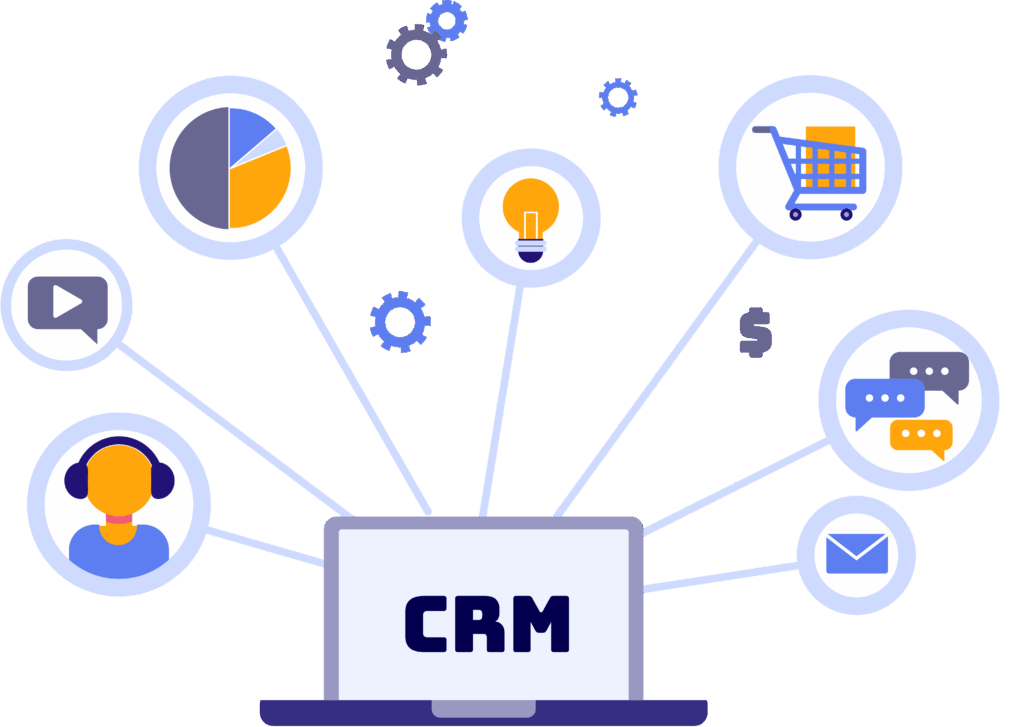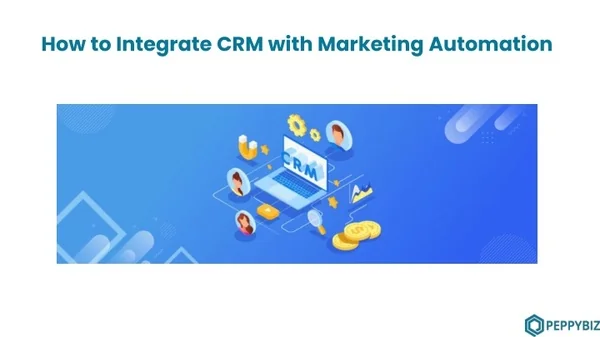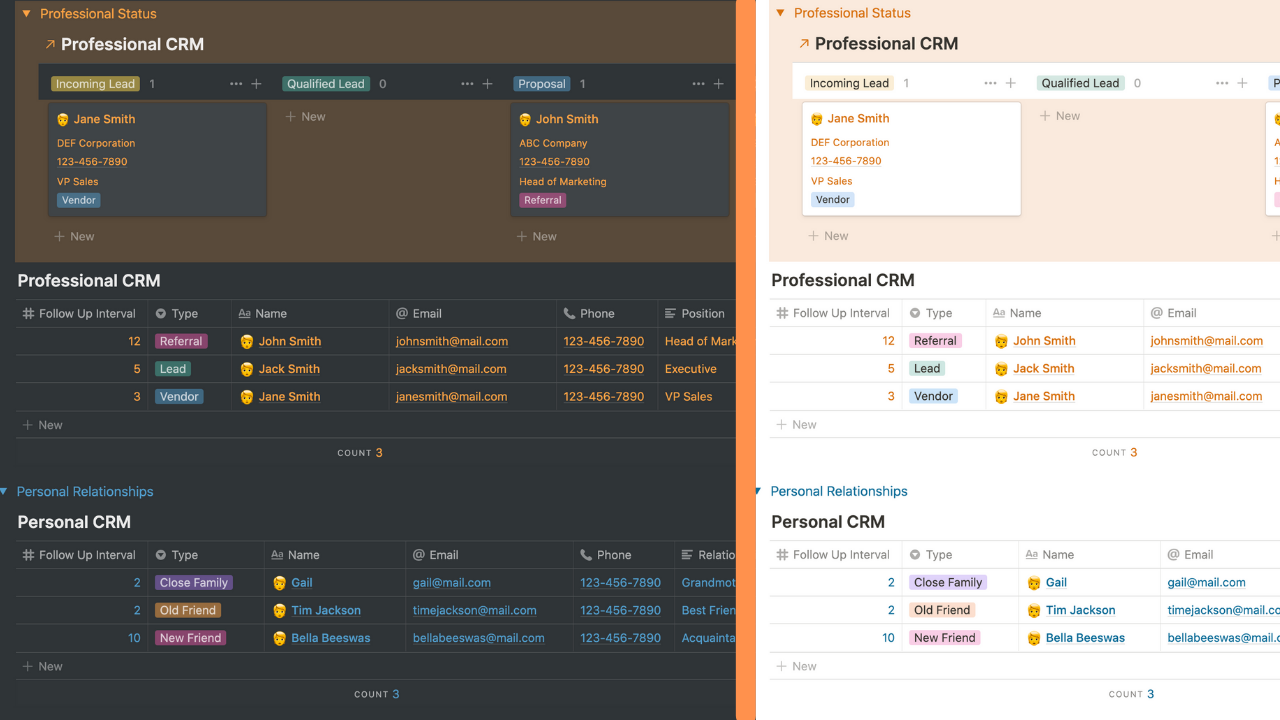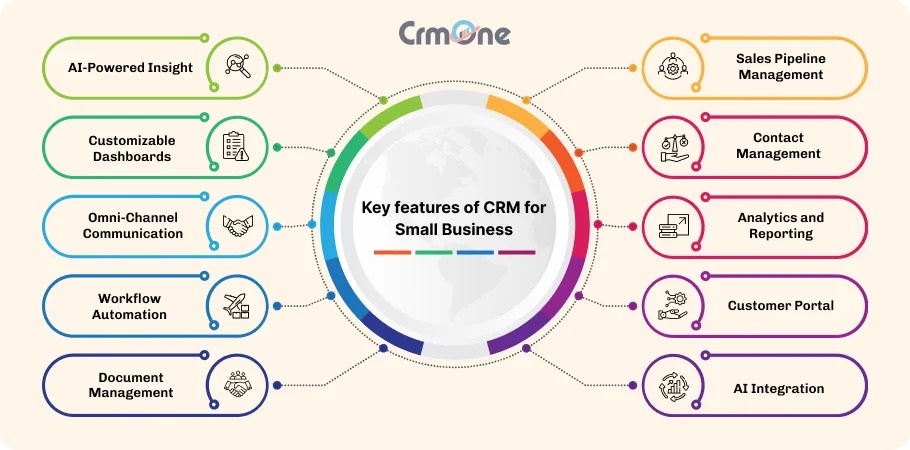
Unlocking Growth: Mastering CRM Marketing Personalization for Exceptional Customer Experiences
In today’s hyper-competitive market, standing out from the crowd requires more than just a good product or service. It demands a deep understanding of your customers and the ability to connect with them on a personal level. This is where Customer Relationship Management (CRM) marketing personalization comes into play. It’s not just a buzzword; it’s a fundamental shift in how businesses interact with their audience, fostering loyalty, driving conversions, and ultimately, fueling growth. This article delves into the intricacies of CRM marketing personalization, providing a comprehensive guide to help you navigate this crucial aspect of modern marketing.
The Power of Personalization: Why It Matters
Imagine receiving a generic email blast that feels completely irrelevant to your needs. How likely are you to engage with it? Now, picture an email that addresses you by name, recommends products based on your past purchases, and offers a special discount on something you’ve been eyeing. Which one is more likely to capture your attention and drive you to take action? The answer is clear: personalization makes a difference.
Personalization in CRM marketing is the practice of tailoring marketing messages, content, and experiences to individual customer preferences, behaviors, and needs. It’s about treating each customer as a unique individual, not just a number in a database. This approach yields significant benefits, including:
- Increased Engagement: Personalized content resonates more deeply with customers, leading to higher open rates, click-through rates, and overall engagement.
- Improved Customer Experience: When customers feel understood and valued, they’re more likely to have positive experiences with your brand.
- Enhanced Customer Loyalty: Personalization builds stronger relationships, fostering loyalty and encouraging repeat business.
- Higher Conversion Rates: By delivering the right message to the right person at the right time, personalization drives conversions and boosts sales.
- Reduced Marketing Costs: Targeted campaigns are more efficient, reducing wasted ad spend and maximizing ROI.
Understanding the Foundations: CRM and Data
Before diving into personalization, it’s crucial to understand the underlying principles of CRM and data management. A CRM system is the backbone of any successful personalization strategy. It’s a centralized hub that stores and manages customer data, providing valuable insights into their behaviors, preferences, and interactions with your business. This data is the fuel that powers personalization.
Key components of a CRM system that support personalization include:
- Contact Management: Storing and organizing customer contact information, including names, email addresses, phone numbers, and physical addresses.
- Interaction Tracking: Recording all interactions with customers, such as emails, phone calls, website visits, and social media engagement.
- Lead Management: Tracking and nurturing leads throughout the sales funnel, from initial contact to conversion.
- Sales Automation: Automating sales processes, such as lead scoring, task assignments, and follow-up reminders.
- Reporting and Analytics: Providing insights into customer behavior, marketing campaign performance, and sales results.
The data within your CRM system is the key to unlocking personalization. However, it’s not just about collecting data; it’s about using it effectively. This involves:
- Data Segmentation: Grouping customers based on shared characteristics, such as demographics, purchase history, and website behavior.
- Customer Profiling: Creating detailed profiles of your ideal customers, including their needs, motivations, and pain points.
- Behavioral Analysis: Analyzing customer behavior to identify patterns and trends, such as purchase frequency, product preferences, and website navigation.
- Personalized Recommendations: Recommending products, services, or content based on individual customer preferences and past behavior.
Crafting Your Personalization Strategy: A Step-by-Step Guide
Implementing a successful CRM marketing personalization strategy requires a systematic approach. Here’s a step-by-step guide to help you get started:
1. Define Your Goals and Objectives
Before you begin, clearly define your goals and objectives. What do you hope to achieve through personalization? Are you looking to increase sales, improve customer loyalty, or boost engagement? Setting specific, measurable, achievable, relevant, and time-bound (SMART) goals will help you track your progress and measure the effectiveness of your efforts.
2. Understand Your Audience
Conduct thorough research to understand your target audience. This involves gathering data from various sources, including your CRM system, website analytics, social media platforms, and customer surveys. Create detailed customer personas to represent your ideal customers, including their demographics, psychographics, and buying behaviors. The better you understand your audience, the more effectively you can personalize your marketing efforts.
3. Segment Your Audience
Divide your audience into distinct segments based on shared characteristics. This allows you to tailor your messages and content to the specific needs and interests of each group. Common segmentation criteria include demographics, purchase history, website behavior, and engagement levels. The more granular your segmentation, the more effective your personalization will be.
4. Choose the Right Personalization Tools
Select CRM software and marketing automation tools that support personalization. Look for features such as:
- Segmentation capabilities: The ability to easily segment your audience based on various criteria.
- Personalized email marketing: The ability to create and send personalized email campaigns.
- Website personalization: The ability to personalize website content based on customer behavior.
- Dynamic content: The ability to dynamically display different content to different segments of your audience.
- A/B testing: The ability to test different versions of your personalized content to optimize performance.
5. Create Personalized Content
Develop personalized content that resonates with each segment of your audience. This includes:
- Personalized email campaigns: Send targeted emails that address customers by name, recommend products based on their past purchases, and offer exclusive discounts.
- Personalized website content: Display different content to different segments of your audience, such as personalized product recommendations, targeted promotions, and tailored landing pages.
- Personalized advertising: Use personalized ads on social media and search engines to target specific customer segments.
- Personalized product recommendations: Recommend products based on customer purchase history, browsing behavior, and stated preferences.
6. Automate Your Marketing Efforts
Use marketing automation tools to streamline your personalization efforts. Automate tasks such as:
- Welcome emails: Send automated welcome emails to new subscribers.
- Abandoned cart emails: Send automated emails to customers who have abandoned their shopping carts.
- Behavior-based triggers: Send automated emails based on customer behavior, such as website visits, product views, and purchase history.
- Lead nurturing sequences: Create automated email sequences to nurture leads throughout the sales funnel.
7. Test and Optimize Your Campaigns
Continuously test and optimize your personalized campaigns to improve their performance. Use A/B testing to compare different versions of your content, subject lines, and calls to action. Analyze your results to identify what’s working and what’s not, and make adjustments accordingly. Personalization is an ongoing process, so it’s important to constantly refine your strategy based on data and feedback.
8. Measure and Analyze Results
Track your results to measure the effectiveness of your personalization efforts. Monitor key metrics such as:
- Open rates: The percentage of emails that are opened by recipients.
- Click-through rates: The percentage of recipients who click on links in your emails.
- Conversion rates: The percentage of recipients who complete a desired action, such as making a purchase.
- Customer lifetime value (CLTV): The predicted revenue a customer will generate over the course of their relationship with your business.
- Customer satisfaction (CSAT): The level of satisfaction customers have with your brand.
Use these metrics to assess the impact of your personalization efforts and make data-driven decisions about your strategy.
Implementing Personalization Across Different Channels
Personalization isn’t limited to just one channel; it should be a cohesive strategy applied across all your customer touchpoints. Here’s how to implement personalization across various channels:
Email Marketing
Email marketing is a cornerstone of personalization. Use your CRM data to segment your email list and send targeted messages. Personalize subject lines, email content, and calls to action. Use dynamic content to display different information based on each recipient’s preferences and behavior. Automate email sequences to nurture leads and engage customers at every stage of the customer journey.
Website Personalization
Use website personalization to create a more engaging and relevant experience for each visitor. Display personalized product recommendations based on their browsing history. Tailor your website content to match their interests and needs. Use dynamic content to show different promotions and offers to different segments of your audience. Personalize your website based on their location, device, and referral source.
Social Media
Leverage social media to personalize your interactions with customers. Use social listening tools to monitor customer conversations and identify their needs and preferences. Target your social media ads to specific customer segments. Respond to customer comments and messages in a personalized and timely manner. Create content that resonates with each segment of your audience.
Mobile Apps
If you have a mobile app, use it to personalize the customer experience. Send push notifications based on customer behavior and preferences. Offer personalized product recommendations and promotions. Provide a seamless and personalized user interface. Track customer activity within the app to gain insights into their behavior.
Customer Service
Personalize your customer service interactions to build stronger relationships. Train your customer service representatives to address customers by name and remember their past interactions. Use CRM data to provide personalized support and recommendations. Offer proactive customer service based on customer behavior. Provide multiple channels for customer support, such as email, phone, and live chat.
Overcoming Challenges in CRM Marketing Personalization
While the benefits of CRM marketing personalization are undeniable, there are also challenges to overcome. Here are some common hurdles and how to address them:
- Data Silos: Data silos can hinder your ability to get a complete view of your customers. Integrate your CRM system with other data sources, such as your website analytics, social media platforms, and e-commerce platform, to create a unified view of your customers.
- Data Privacy Concerns: Respect customer privacy and comply with data privacy regulations, such as GDPR and CCPA. Be transparent about how you collect and use customer data. Provide customers with control over their data and the ability to opt-out of personalized marketing.
- Lack of Resources: Implementing a successful personalization strategy requires resources, including CRM software, marketing automation tools, and skilled personnel. Start small and gradually scale your efforts as your resources allow. Consider outsourcing some tasks to agencies or consultants.
- Complexity: Personalization can be complex, especially when dealing with large datasets and multiple channels. Start with a simple strategy and gradually increase the complexity as you gain experience. Focus on the most impactful personalization tactics first.
- Measuring ROI: It can be challenging to measure the ROI of personalization efforts. Track your key metrics, such as open rates, click-through rates, conversion rates, and customer lifetime value. Conduct A/B tests to compare different versions of your personalized content.
The Future of CRM Marketing Personalization
The future of CRM marketing personalization is bright, with new technologies and trends emerging to enhance the customer experience. Here are some key trends to watch:
- Artificial Intelligence (AI): AI-powered tools can automate personalization efforts, analyze customer data, and provide personalized recommendations.
- Machine Learning (ML): ML algorithms can identify patterns in customer behavior and predict future actions.
- Hyper-Personalization: Hyper-personalization takes personalization to the next level by tailoring the customer experience to each individual’s unique needs and preferences.
- Voice Search Optimization: Optimize your content for voice search to provide personalized results to customers who use voice assistants.
- Privacy-Focused Personalization: As data privacy concerns grow, businesses will focus on privacy-focused personalization, which prioritizes customer privacy while still delivering personalized experiences.
Conclusion: Embracing the Personalization Revolution
CRM marketing personalization is no longer a luxury; it’s a necessity for businesses that want to thrive in today’s competitive landscape. By understanding your customers, segmenting your audience, and creating personalized experiences, you can build stronger relationships, drive conversions, and achieve sustainable growth. Embrace the personalization revolution and start transforming your marketing efforts today. By focusing on providing value and connecting with your customers on a deeper level, you can build a loyal customer base and achieve lasting success.
The journey to successful CRM marketing personalization is ongoing. It requires continuous learning, adaptation, and a commitment to putting the customer at the center of your efforts. By embracing this approach, you can unlock the full potential of your CRM system and create exceptional customer experiences that drive business growth.


